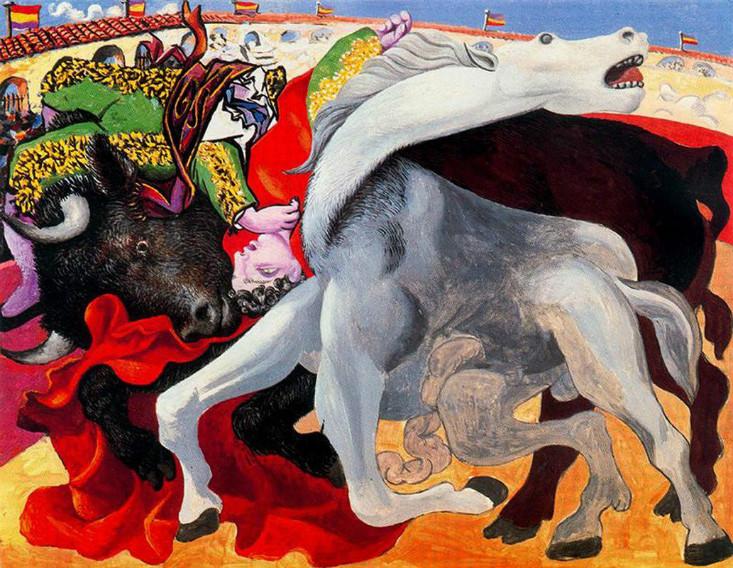You don’t have to look very hard to see that our culture has some pretty powerful associations between colors and feelings. As a recent example, the new Pixar film Inside Out has characters representing emotions, and the color choices for these characters—red for anger, and blue for sadness—feel right.
Red, specifically, is one of the most powerful colors in terms of its associations and the feelings it generates. Soccer players perceive red-shirted opponents to be better players, and one study indeed found that players wearing red shirts won sports games more often. Looking at red also seems to help people focus. Red enhances performance on detail-oriented tasks, whereas blue and green improve the results of creative tasks. Red is also sexual—men find women wearing red to be more attractive, and women think the same of men.
Why might this be? Although these associations are a part of our culture, are they arbitrary, or did they come about for reasons outside of culture, perhaps having to do with our biology or the environment we all live in?

Color is not distributed randomly in the world around us, and as we experience the world, we build up associations between colors and the things they represent. Yet red is a relatively rare color in the natural environment. Certain fruits, small parts of the sky at times, and blood are all red. When we get angry or embarrassed, our faces get redder (though the effect is less obvious in dark-skinned people).
But these appearances of red in our environment don’t seem to be enough to explain the breadth of red’s various connotations. And there is reason to think the meanings might be inherent to our biology: Red connotes high arousal, passion, and violence even for some non-human animals. When male mandrills face off, for instance, the paler (less red) male stands down. And macaques use red in sexual displays. Yet while poison dart frogs are brightly colored, they don’t skew toward red—many are green, yellow, and blue. This suggests that the general association with red is specific to primates, evolving before mandrills and humans differentiated. If it had been learned, as a result of being associated with passion and danger in the environment, we would expect broader cross-species associations; for instance, we might see that all poison animals were red. (Red does serve as a warning in some other animals, such as venomous snakes, but it’s not at all universal.) If red is indeed a warning color used to communicate among primates, specifically, then the associations with red might be innate yet arbitrary, meaning that it might just as easily have been another color that took on that role.
The difference between light and darkness is the most primitive and most visually and emotionally powerful aspect of color, and the associations in our environment for darkness and light seem clearer. This suggests that the implications of light and dark might be learned as well as evolved—that is, we might be born with certain reactions to light and dark that get reinforced through experience with the natural world and through culture. Darkness is scary because it prevents us from using our dominant sense: vision (pdf). So in that sense, the common negative associations with darkness are not arbitrary, as is primates’ use of red as a warning color. If a language has only two words for colors, those two words are invariably light and dark. In one experiment, people were supposed to speak aloud the words they saw flashed on the screen. People were faster at saying the words associated with immorality (such as “greed”) when they were in black, and faster at saying the “moral words” (such as “honesty) when they were in white—and this happened too quickly for them to deliberate about it. This shows that it was subconsciously easier for them to associate morality with lightness.
Not surprisingly, the use of light and dark in fiction and in religion tends to follow widespread associations of good and evil. Across cultures, darkness is associated with sickness, fear, and evil, probably stemming from the fact that the world is, and always has been, more dangerous at night—for our species. One of the few exceptions is some cultures’ use of white to symbolize death, though this may have more of a connotation of purity and the completion of a life cycle rather than loss and sadness.
Mice, which are nocturnal and more vulnerable when they can be seen, fear light and are comfortable in darkness. If mice could have religion, their god might say, “Let there be dark.”
Jim Davies is the author or Riveted: The Science of Why Jokes Make Us Laugh, Movies Make Us Cry, and Religion Makes Us Feel One with the Universe. He teaches cognitive science at Carleton University.


























